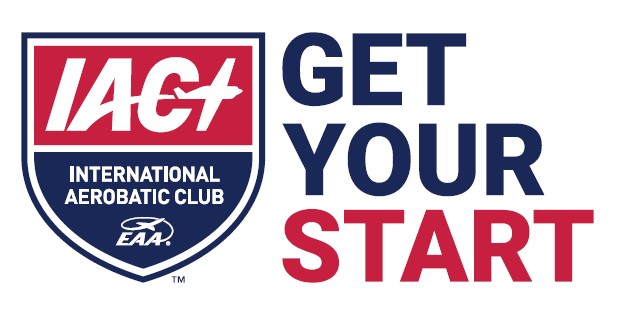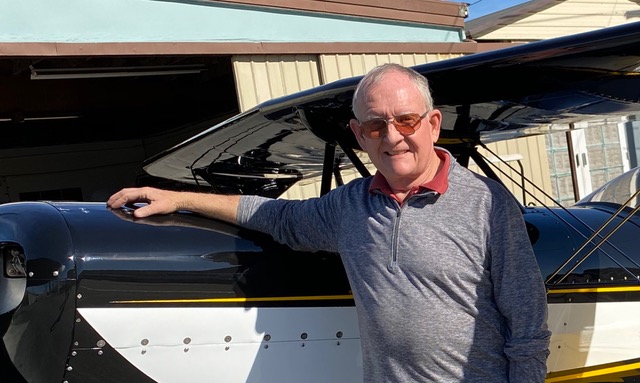
SO, YOU WANT TO WIN YOUR CATEGORY AT AN IAC CONTEST
THIS IS HOW TO DO IT!
By Malcolm Pond, IAC 429965
The 2021 contest season has drawn to a close, take time to consider what you did, both right and wrong, before you get enmeshed with this season’s sequences and contest schedule. Now is a good time to study the 2022 proposed knowns, design your freestyle, and consider whether to move up to a different class. By all means, review the rule book and attend a judging class, without the hassle of the contest season.
It seems that, after finishing” out of the money” for at least a few times, the pilot eventually comes to understand what is necessary to win, place, or show with consistent performances.
I have been both a competitor and judge with the IAC and have advanced though all the categories. I have judged multiple regional contests, primarily on the West Coast and Arizona, but have judged the Nationals for a few years as well. I have seen my share of mistakes by competitors at all levels, but primarily in the Primary and Sportsman classes.
This sport is expensive, and there is no getting around the fact. Even with a trainer aircraft, there are expenses related to fuel, maintenance, aircraft rental, insurance, instruction, lodging, entry fees, and on and on, just for the bragging rights to take home "klinkies" and a plaque.
So, what can an aspiring pilot do to increase his chances to “take home the wood?”
PRACTICE MAKES PERFECT—NOT REALLY
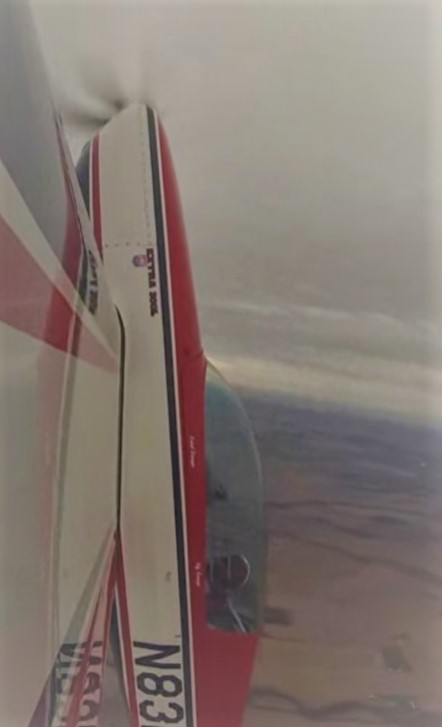
“Practice makes perfect", but only if you do it in a structured way, to get the most out of your time at the controls. Doing the same thing over and over without supervision only ingrains bad habits.
Take a loop. Simple enough, you say. But to do a loop correctly involves more than pulling the stick back to inverted on top then completing the figure upright. What about entry speeds, entry and exit altitudes, floating over the top, compensating for headwind or tailwind, and allowing level lines before and after the figure?
So, you do the loop with a safety pilot onboard. But can he judge the roundness of the loop? No! It’s ok when you begin your aerobatic adventures, but sooner or later you realize than you need a coach or someone to critique on the ground, watching you fly. Then you must do what he says to make the loop round. No more E-shaped loops, P-shaped loops, or closing low, which are all too common mistakes. In other words, you will NEVER get a score of 10.
An article about flying the loop by Gordon Penner, MCFI-aerobatic.
While we are talking about safety pilots, make him earn his keep while you are flying figures. Although he must remain silent while you fly in competition, there is nothing wrong to have him record altitudes and airspeeds before, during and after a particular practice maneuver.
If you don’t have a safety pilot, then call out the speeds and altitudes to the coach on the ground, who should have a voice recorder. Another thing you might try is linking a voice recorder to your headset or intercom to take note of these numbers, but certainly don’t lose track of what you are doing.
The rule book has listings of figures allowed for unknowns in the intermediate, advanced, and unlimited categories. Now would be an excellent time to record altitudes gained, and especially altitudes lost, for certain figures. For instance, what is your altitude gate for a down going inside loop? You certainly don’t want to bust the lower altitude of your box or smack the ground!
DESIGN A SEQUENCE THAT IS GOOD FOR YOU —AND THE JUDGES
If you fly Primary, you are more or less stuck with the known sequence. For Sportsman, the easy—and boring—way is to fly the known sequence in each of the three competition flights. But you don’t have to do this, and the judges will certainly take note. Anything is fair game to set you apart from your competition.
Visit the IAC Sequence Bank (IAC member login required) to access 1995 to current day sequences. https://www.iac.org/sequences
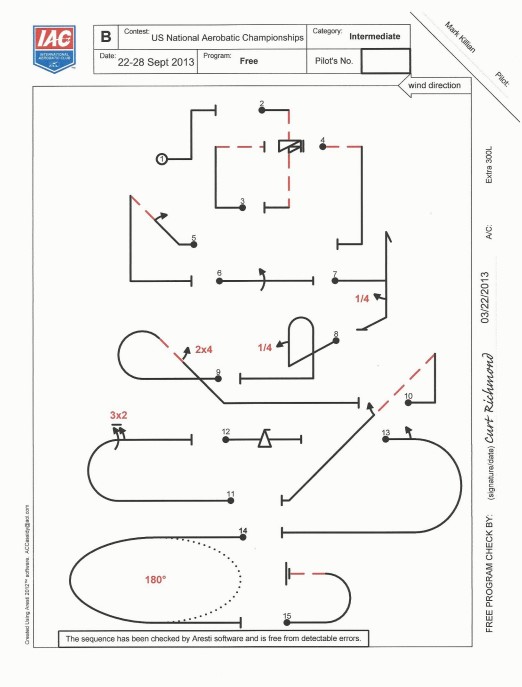
The IAC rulebook spells out in detail the “agility” requirements from sportsman to unlimited. See Chapter 23, the Free Program. Each category has MAXIMUM number of figures and K limits, plus MINIMUM figure requirements. But this does not preclude you from flying less than the maximum number of figures and more than the minimum required elements.
A case in point is a half loop up, ending inverted, followed by a half loop down, rather than a respectable full loop. Or a 180-degree turn, followed by a 90-degree turn. Legal, but totally boring. Do you honestly believe any judge is going to give you 10’s for any of these maneuvers? How about a loop with a full roll, 2 half rolls, or 4 quarter rolls? How about a 90 degree turn with one roll instead? And, how about reducing the number of figures in any category, but making them a little more complex? After all, it is your freestyle, and you should have time to practice and perfect your routine.
Another point is to design your sequence to maximize the K value but minimize the number of roll stops. It is easier for the judges to see a 2 of 4 roll rather than a 4 of 8 roll, and therefore less likely to be downgraded.
A third point…design the sequence so that you have all “hanging” figures like hammerheads directed into the wind, not downwind. If you are not good at performing unnoticed crosswind corrections, also known as “cheating,” then insert a cross box correction figure, preferably toward the judges.
It is quite amazing what judges don’t see in terms of x-axis corrections when the plane is low down or at the edges of the aerobatic box. Learn the technique to slip in a subtle fashion in order to correct for wind on the y-axis, and you will never again be afraid of wind corrections.
Whatever you come up with in the freestyle sequence, DON’T DUMB IT DOWN.
FIGURE “ZERO”
What is the first figure in any aerobatic sequence? Is it number 1? Guess again. I would describe it as figure “0.” As soon as you depart the ground, people will unconsciously be judging you. Make the most of this time. When you are in a hold, fly with a purpose, not just orbiting and waiting for you to be called into the box. Now would be a good time to check for wind, get a view of the box and judges’ position, take a deep breath, and calm down.
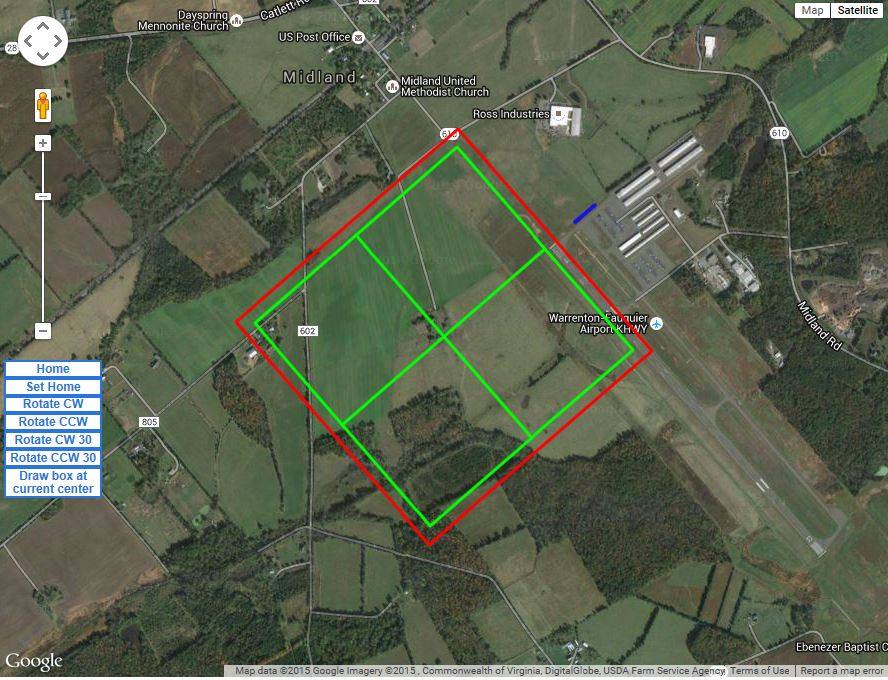
Study the wind at various altitudes. If you don’t have GPS derived speed readouts to compare with your indicated airspeed, then I found it useful to fly a precisely timed square pattern, mimicking the box, and seeing what wind drift was doing to my pattern. If allowed and if you have time, you can do this at various altitudes.
Of course, you have an altitude and airspeed to begin entering the box, and a target altitude and place to begin figure 1 of your flight. Do you know where center box is? The judges certainly do! Are you high, low, or just, right? Do you wag your wings with confidence and purpose, or are the wags wimpy?
A common mistake is to do a straight in approach to figure 1, starting from the flight levels. I have flown and judged at Borrego Springs in Southern California. I sometimes thought that the competitor started the dive from 30 miles away over the Salton Sea. Frequently the primary or sportsman pilots missed the box altogether!
Alan Cassidy in his book “Better Aerobatics” devoted a chapter just about the technique to enter the box, The short version is this: Fly a base leg close into the box from your holding pattern, do a belt check inverted, roll upright, and dive into the box pointing to the center marker. Go into the performance zone, fly your wind corrected sequence down toward the bottom of the box, then wag with purpose and exit. The sequence figures will speak for themselves.
THE LAST FIGURE
What is the “last figure?” It’s not the numbered one on your A form, it’s the presentation figure, which counts for a lot. There is little in the rule book for judges to go by, but the general principle is whether you flew the sequence in front of the judges, along the y axis, with no egregious position errors upwind, downwind, and especially over the judge’s heads or behind them. It is impossible to grade a loop or other geometric figure when the judges feel they are being dive bombed! The boundary out penalties is being recorded by the chief judge, so there is nothing you can do about that other than to improve your box positioning for the next time.
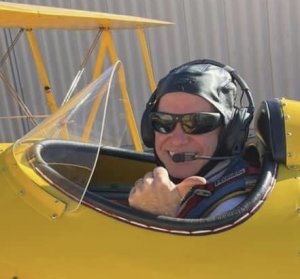
THE CONFIDENT AEROBATIC PILOT
The take home message for the confident aerobatic pilot is to train with a purpose, trust your airplane, think out the sequences before you step inside of your airplane, know where the box and judges are, and perform like you mean it. In other words, “take a look at me, I’m good, and I deserve to have a medal.” Distinguish yourself from your competition, but don’t lose sight that this should be fun!
